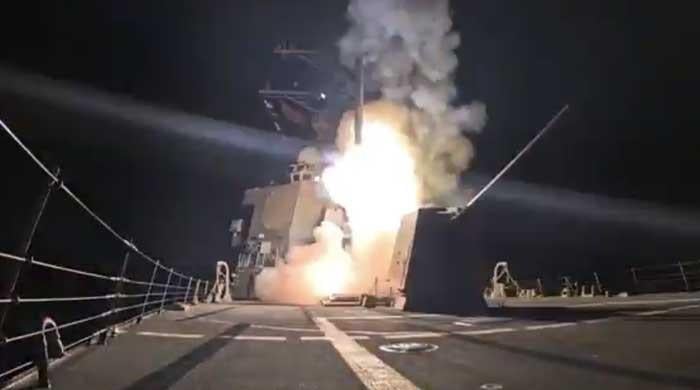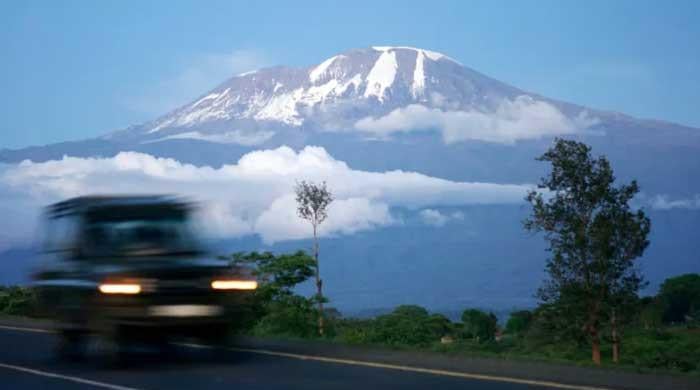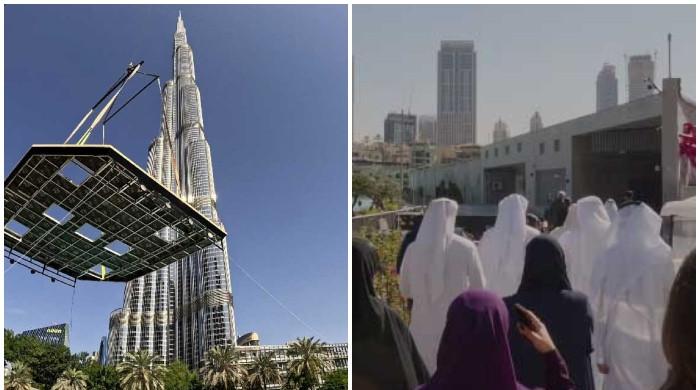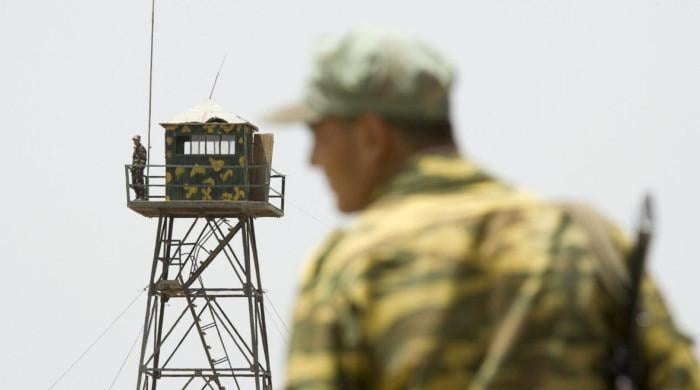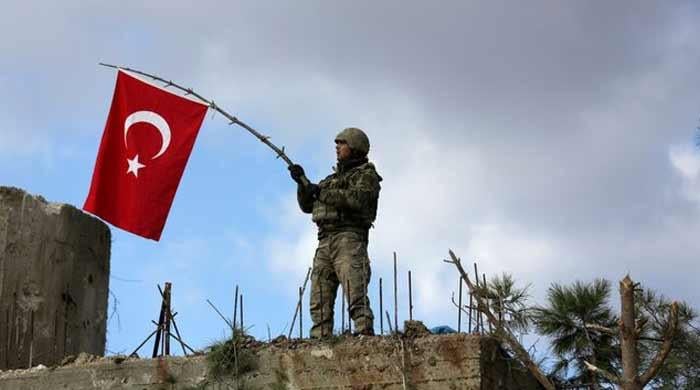Scientists make strides in tsunami warning
MIAMI: The 2004 tsunami led to greater global cooperation and improved techniques for detecting waves that could reach faraway shores, even though scientists still cannot predict when an earthquake...
December 20, 2014
A decade ago, scientists did not have a tsunami warning system in place in the Indian Ocean, because there had been no recent history of tsunamis there.
The world´s main monitoring body, the Pacific Tsunami Warning Center headquartered at Hawaii´s Ewa Beach, was focused on volatile areas prone to earthquakes along the Pacific Ring of Fire, including Japan and South America.
"We weren´t on the proper footing to be able to quickly respond to an event of the size that it was," Mike Angove, tsunami program branch director at the National Oceanic and Atmospheric Administration, told AFP.
After the disaster, US tsunami experts began monitoring the Indian Ocean while the international community established a new system that was eventually implemented last year.
Australia, Indonesia and India have now taken charge of a monitoring body known as the Indian Ocean Tsunami Warning System.
The United States nearly doubled its staff at the Pacific Tsunami Warning Center from eight to 15, and its tsunami warning centers in Hawaii and Alaska continue to be staffed 24 hours a day, seven days a week.
International efforts are also ramping up to establish a tsunami warning center in the Mediterranean.




